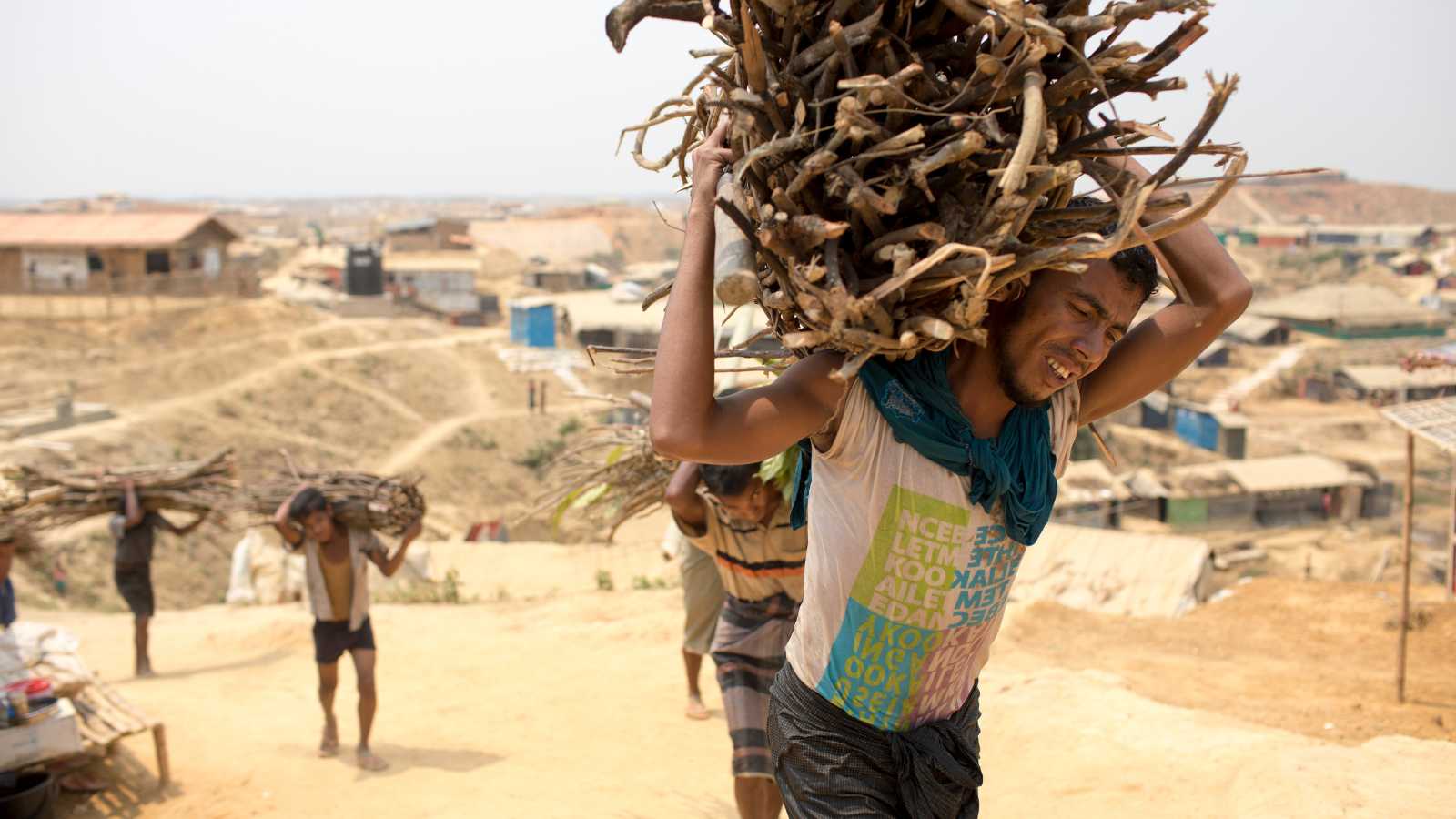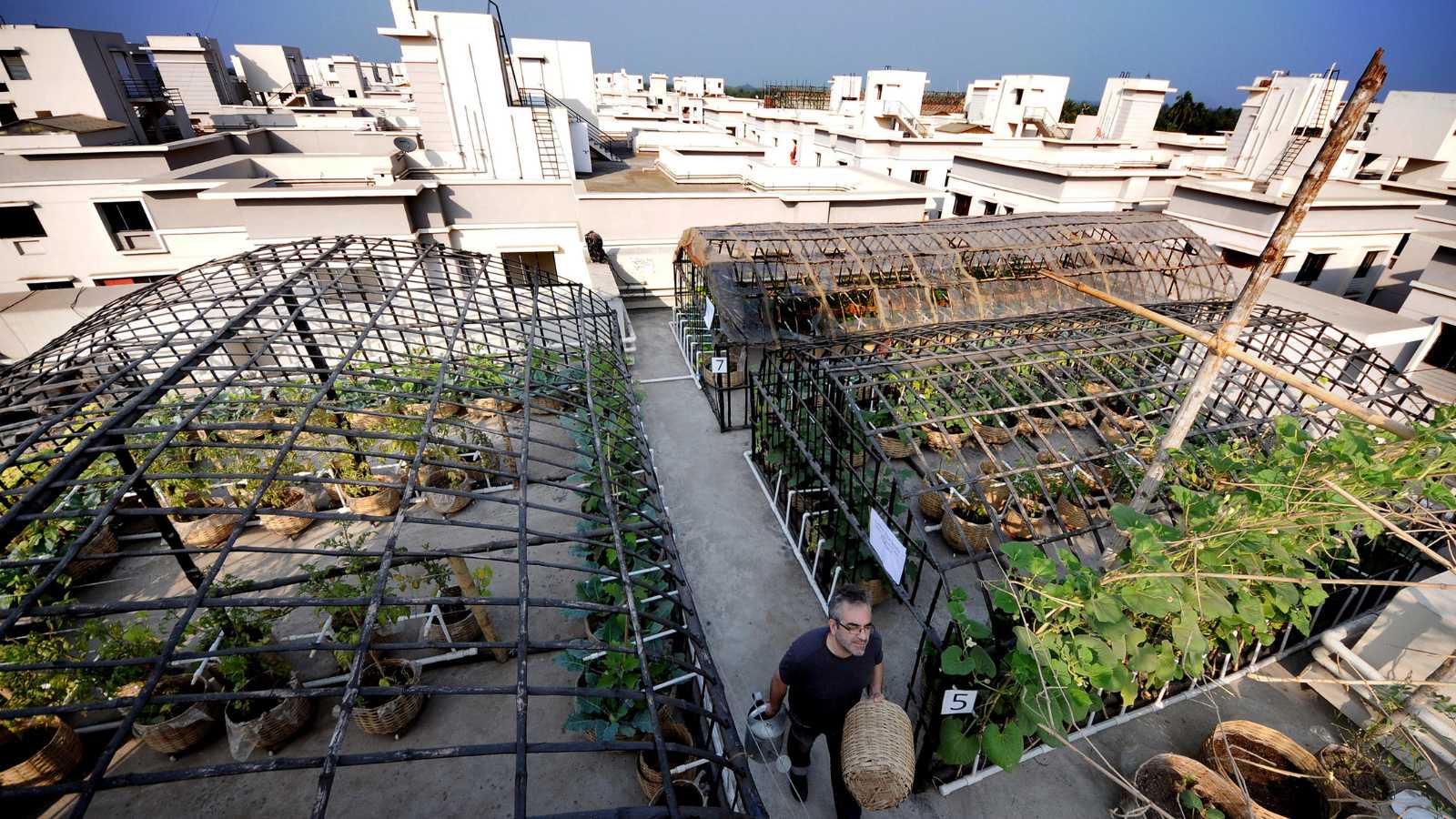As COP28 puts climate change front and centre in the media, the Mixed Migration Centre revisits our seven key messages on climate-related mobility published in 2022, and elaborates how these key messages should be used to inform negotiation and action at COP28 and beyond.

Afghanistan 2019. Photo credit: Solmaz Daryani / Climate Visuals Countdown
Key message 1: Climate mobility takes multiple forms, and it is critical to take an inclusive approach to understand fully how climate change impacts on mobility.
Survival displacement is a key issue, but climate change will also impact on distress migration, migration as adaptation, and immobility. Actors cannot afford to oversimplify, or ignore any of these when considering climate mobility.
Discussions around adaptation need to consider and respond to how mobility outcomes will vary by gender, age, and other factors. Adaptation planning means we need to think about how to respond to emergency displacement and trapped populations, but also how to facilitate migration as adaptation, to assist relocation.

Australia 2020. Photo credit: BLM Idaho
Key message 2: The persistent use of headline-grabbing yet unreliable numbers when talking about climate-related migration is unhelpful. Climate mobility is a complex topic, and quantitative data require nuance and precision if they are to further our understanding and inform better responses.
It is hard to estimate how many people will be moving due to climate change. But even if we knew the numbers with any certainty, it would hardly be sufficient to plan an effective response. We also need to know who, how, and where.
We seek data so that we can make well informed and effective decisions. For action, we must invest in obtaining evidence that tells the whole story, and goes beyond the big numbers.

Kutupalong refugee camp. Photo credit: K M Asad / European Union 2018
Key message 3: Most people moving due to climate change and other environmental factors tend to move within their country and, if they cross borders, tend to stay within regions. Warnings of mass transcontinental migration are unsubstantiated.
Gaps in legal protections for people who move across borders due to climate change need to be addressed; at the same time, most people will be staying in-country, and being able to respond to immobility and internal movement should be primary concerns.
National and local policy and programming, particularly urban planning, will be central components in the response to the mobility impacts of climate change.

Indonesia 2022. Photo credit: Dhana Kencana / Climate Visuals
Key message 4: Environmental factors are bound up with other drivers and can be very hard to differentiate, even at the individual level.
More than isolating ‘climate change’ as a driver of migration, what matters is responding effectively to populations affected by climate change. Mobility might be a negative impact or a positive adaptation strategy for people affected by climate change. Understanding the different factors – including climate, security, politics, livelihoods, culture, etc.—that play a role in migration and displacement outcomes is vital.
Sustainable adaptation requires a holistic approach and strong contextual knowledge. Local knowledge is vital to adaptation planning, which may include strategies both to prevent displacement, and to promote migration.

Denmark 2010. Photo credit: Colville-Andersen
Key message 5: While climate mobility is occurring now and is expected to increase, most people will not move, either because they do not want to, or because they can’t, or both.
Responding to climate mobility is as much about responding to immobility: the aim is to promote sustainable adaptation strategies for people affected by climate change, whether they stay or move.
Issues relating to (im)mobility should be mainstreamed within adaptation plans.

Mauritania 2016. Photo credit: Jose Cendon / EU Civil Protection and Humanitarian Aid
Key message 6: The capacity to adapt must be considered, and the narrative on adaptation must acknowledge that mobility and immobility can be both positive and negative forms of adaptation.
Sustainable adaptation strategies are the goal, and migration can be both positive and negative.
The goal should therefore be to consider how to foster positive mobility outcomes within adaptation strategies, and mitigate risks of negative outcomes (trapped populations, forced displacement, distress migration, risky migration).

India 2014. Photo credit: SUDIPTO DAS / Climate Visuals Countdown
Key message 7: Climate change is occurring and impacting at the same time as other dynamics, and the impacts are often interrelated. Effective responses demand collaboration across sectors.
Policy sectors need to work together. Climate change can affect multiple areas of an individual’s life. Migration has legal, economic, social, political, and cultural implications. Climate scientists, migration experts, and a whole host of other specialists will only find effective responses by working together.
COP28 experts need to speak to each other and call on experts and representatives from all kinds of groups.